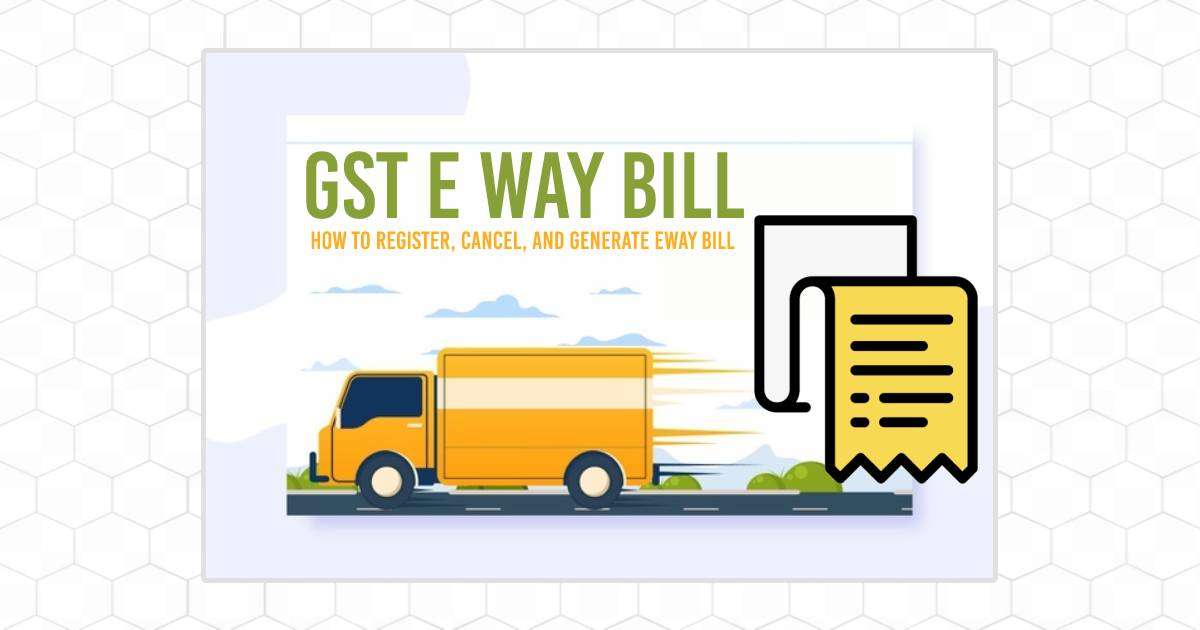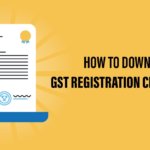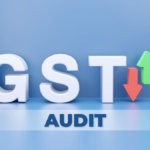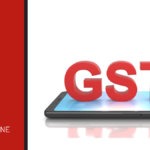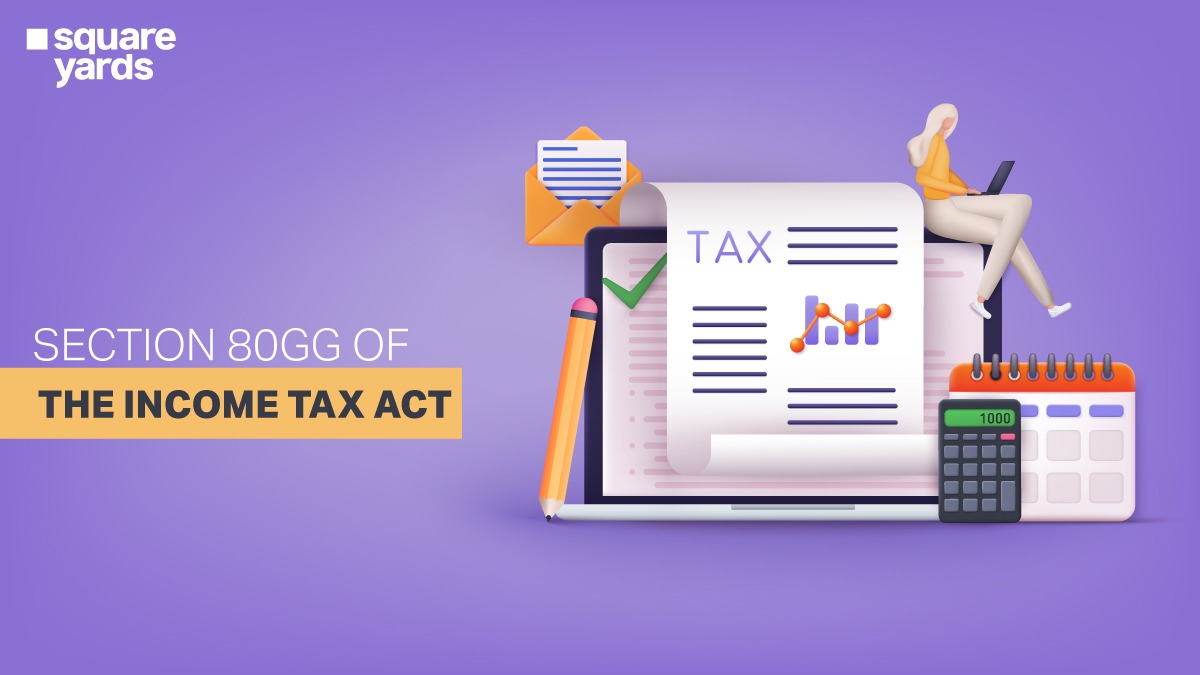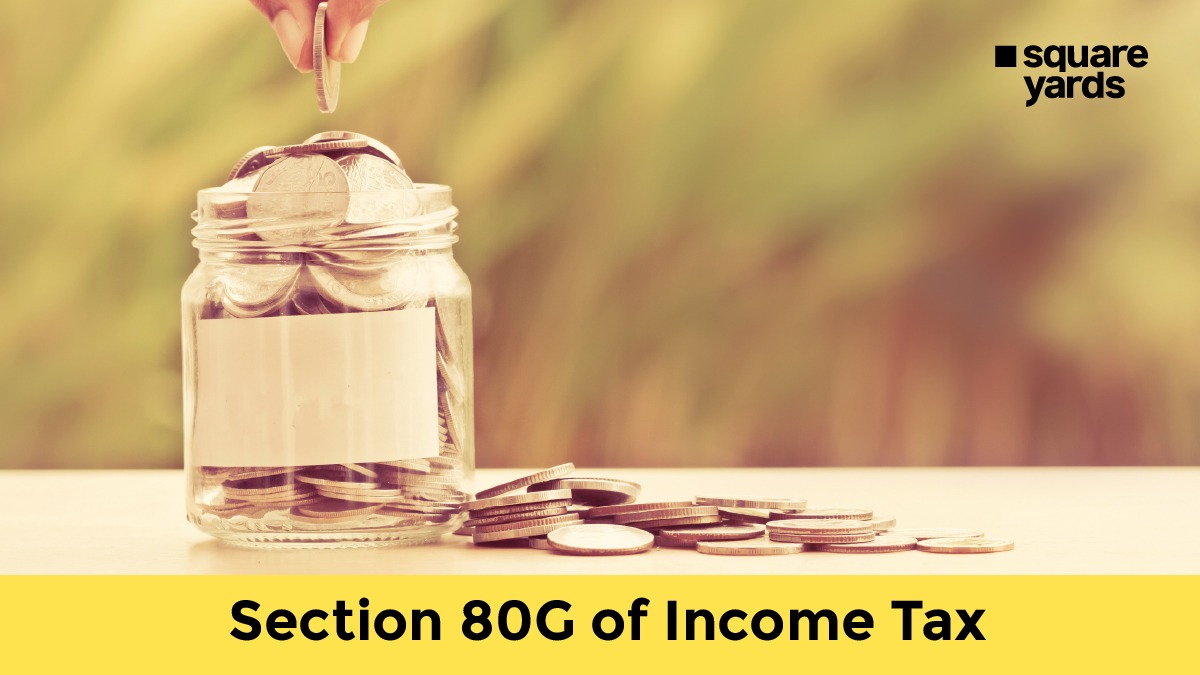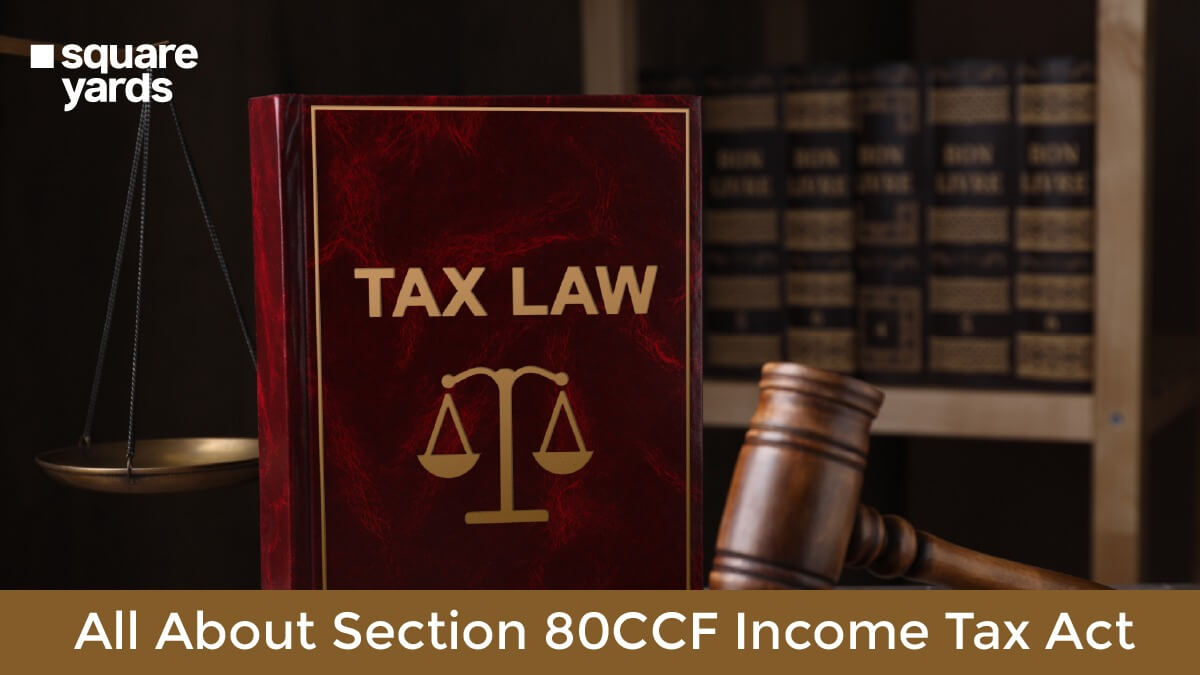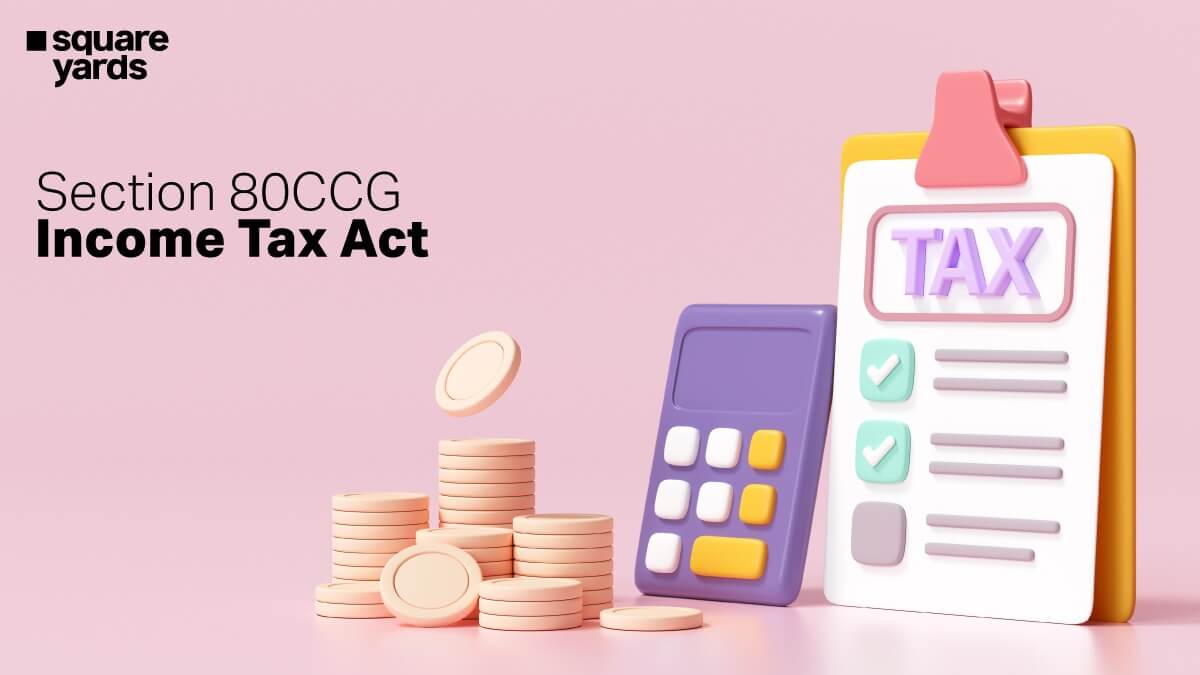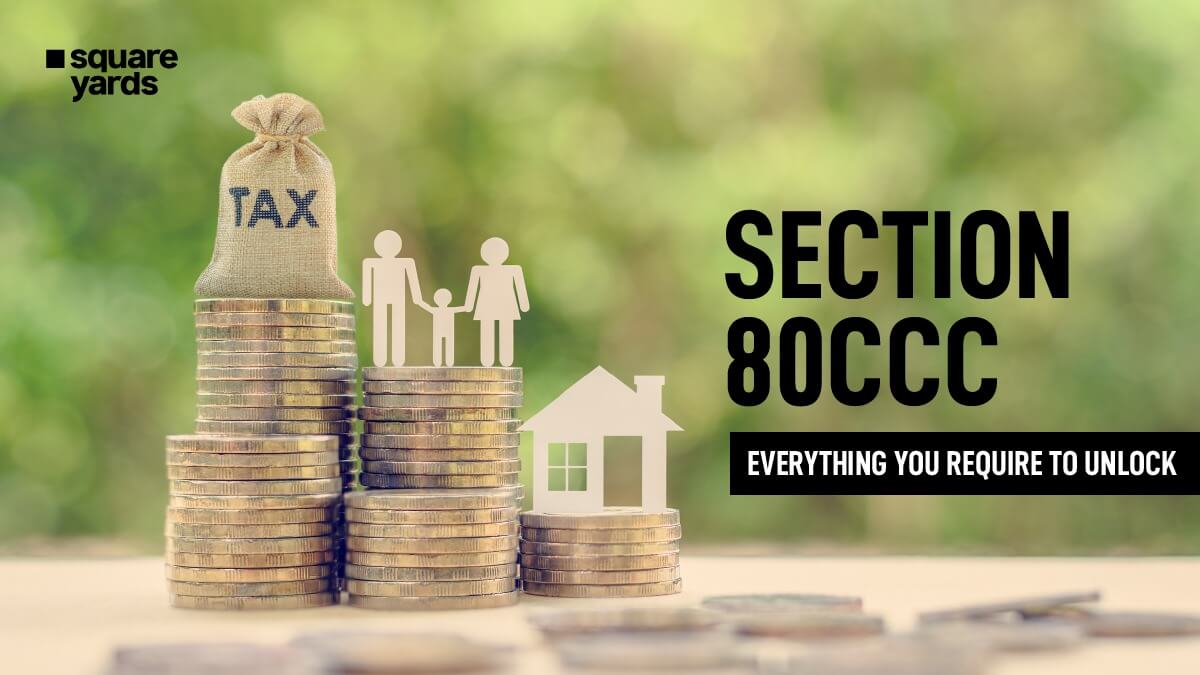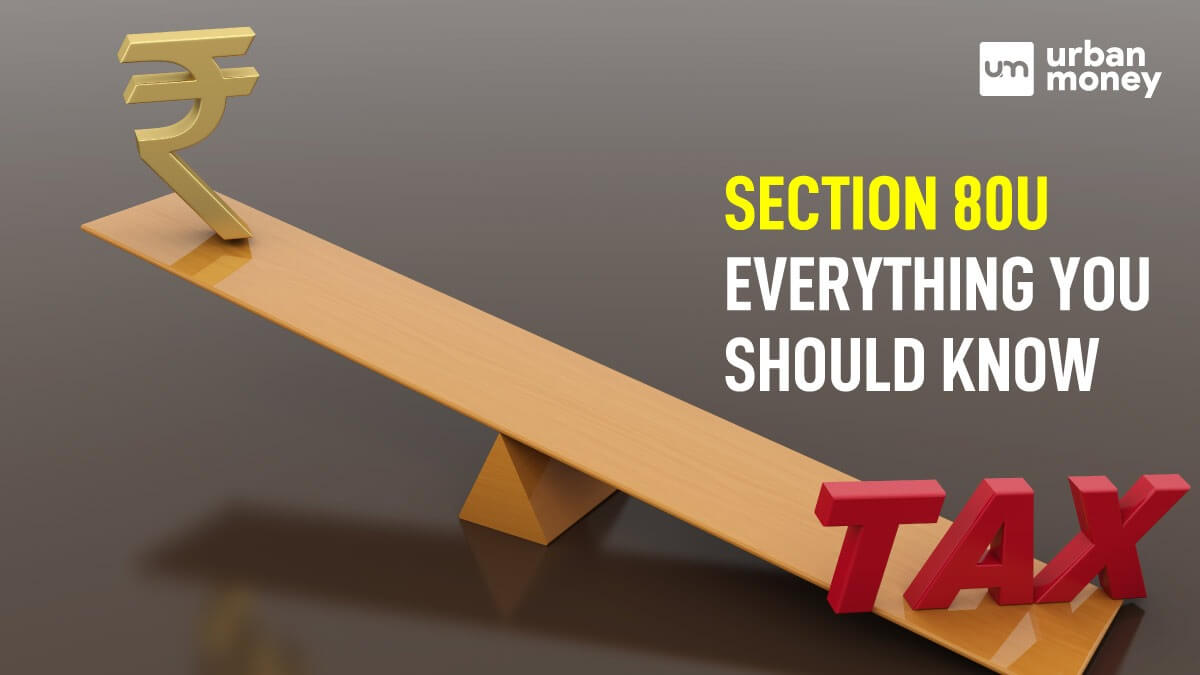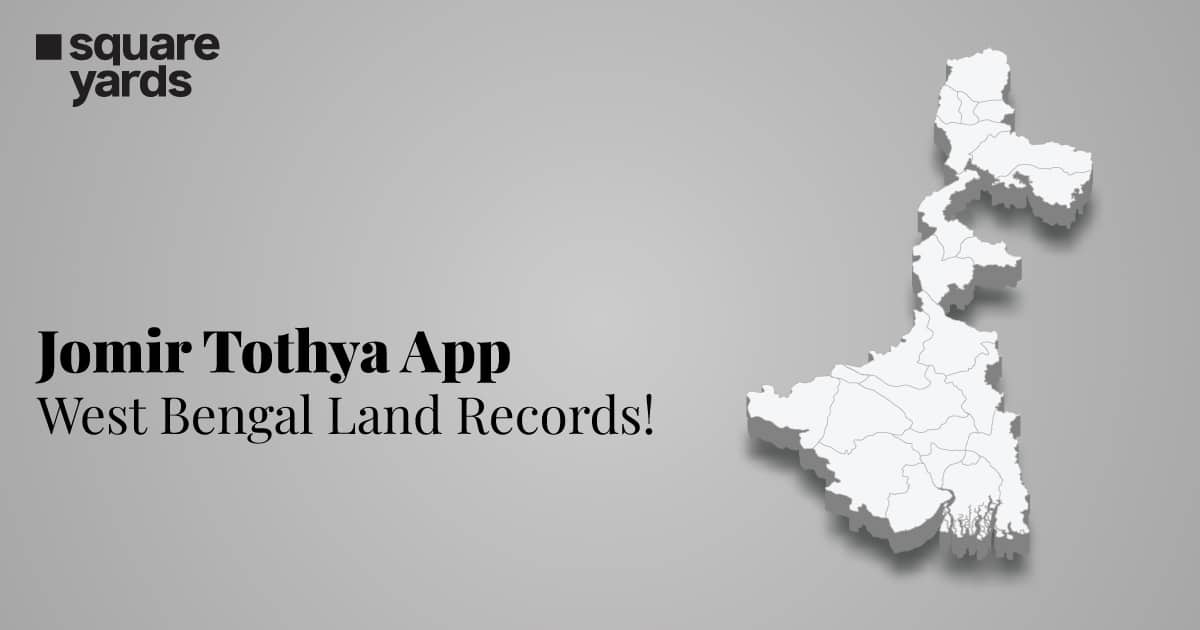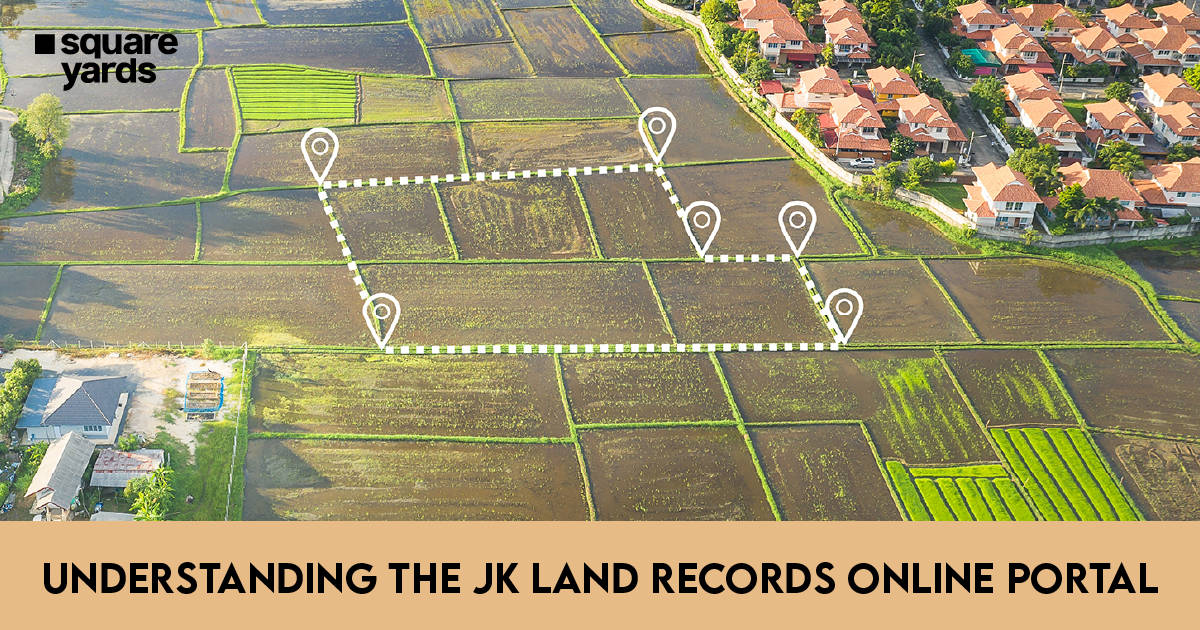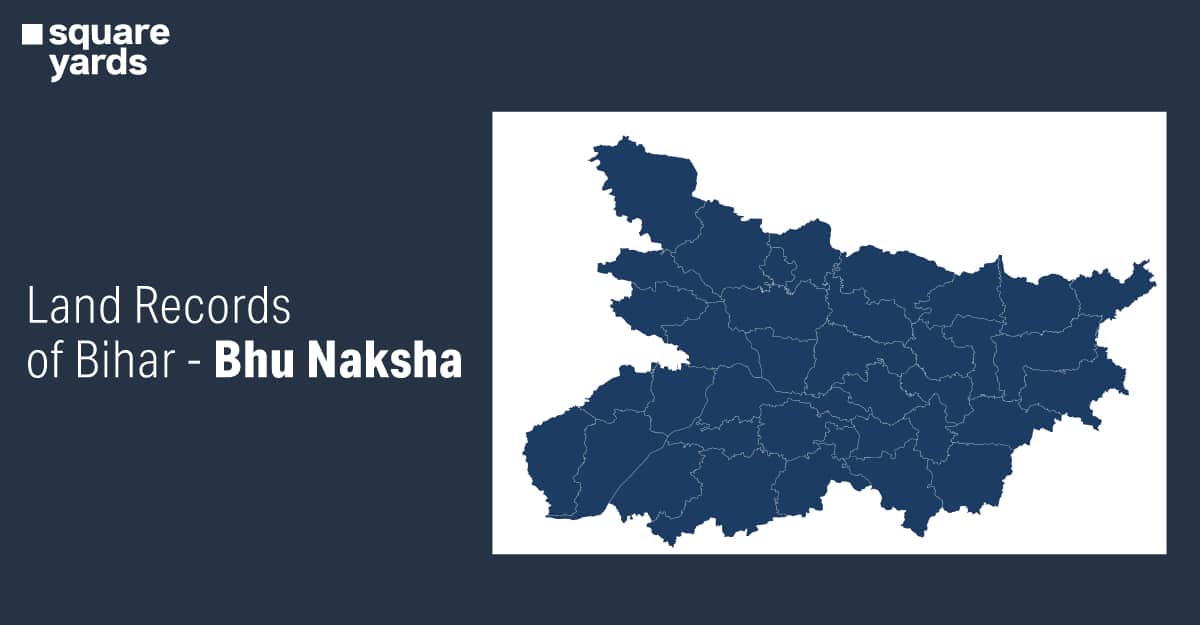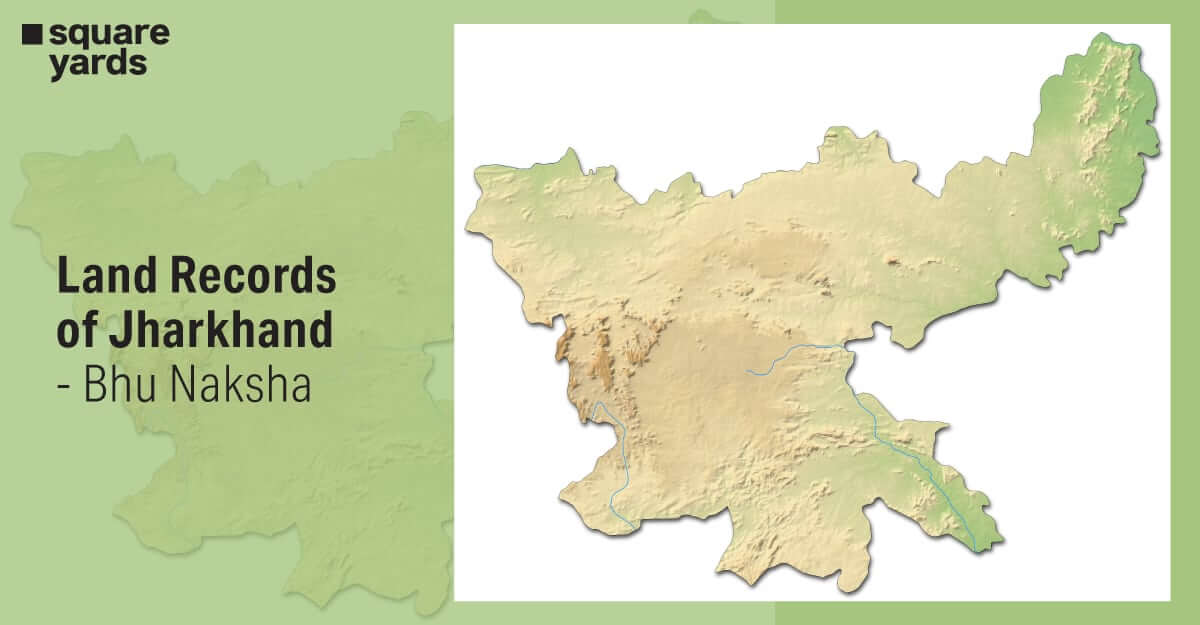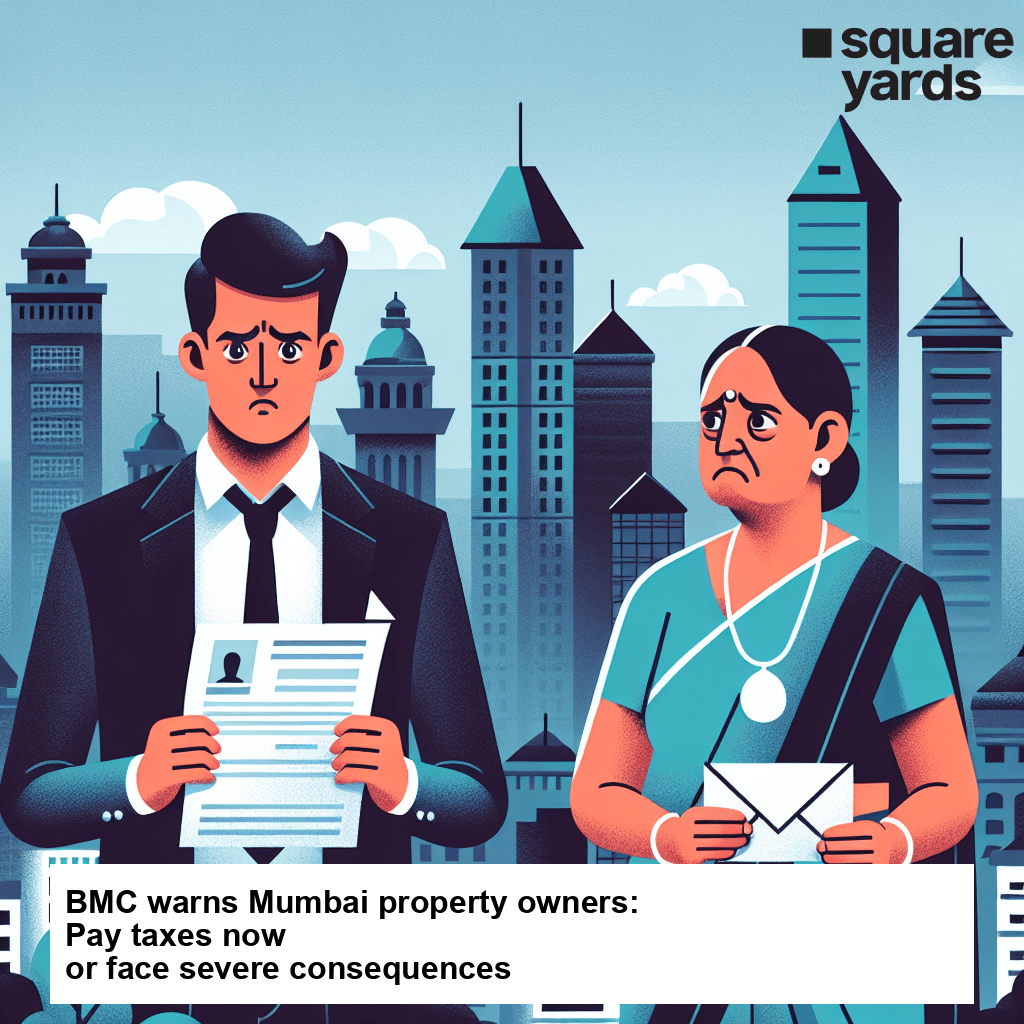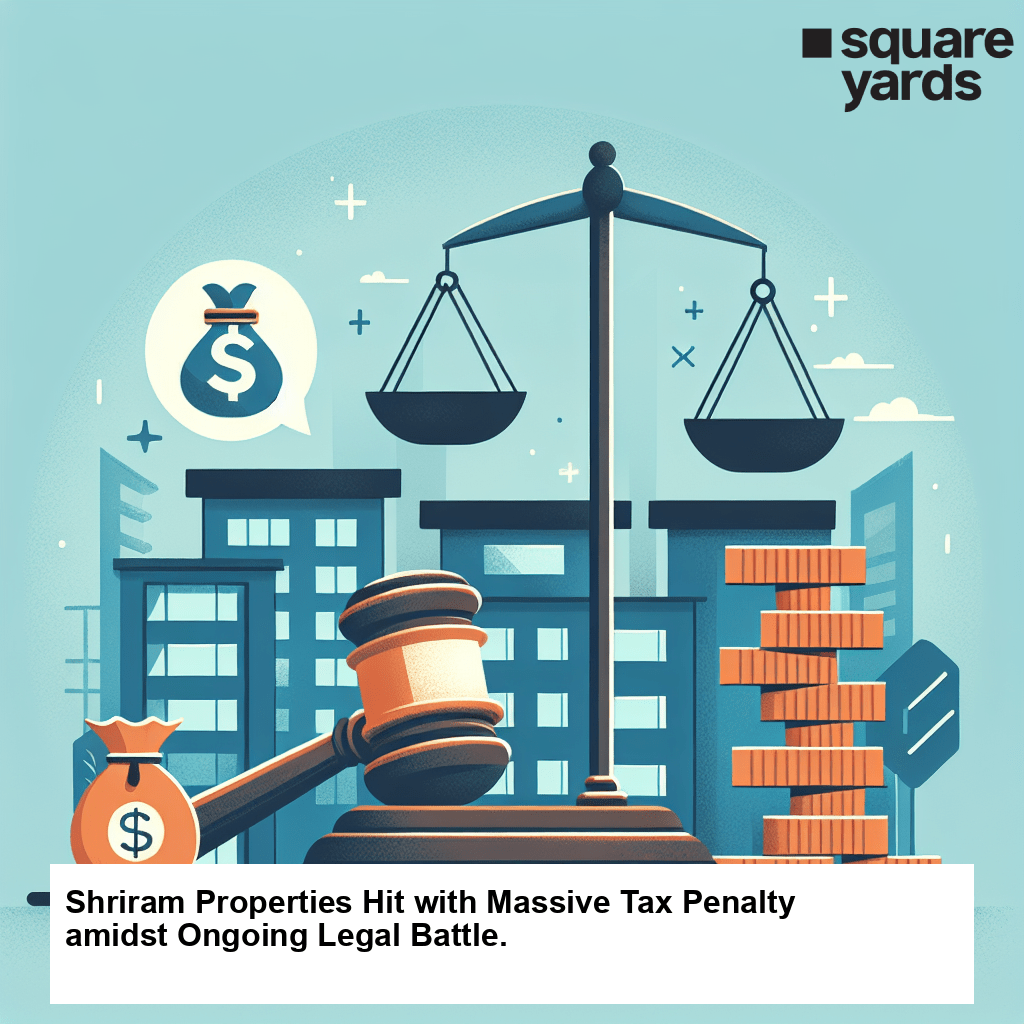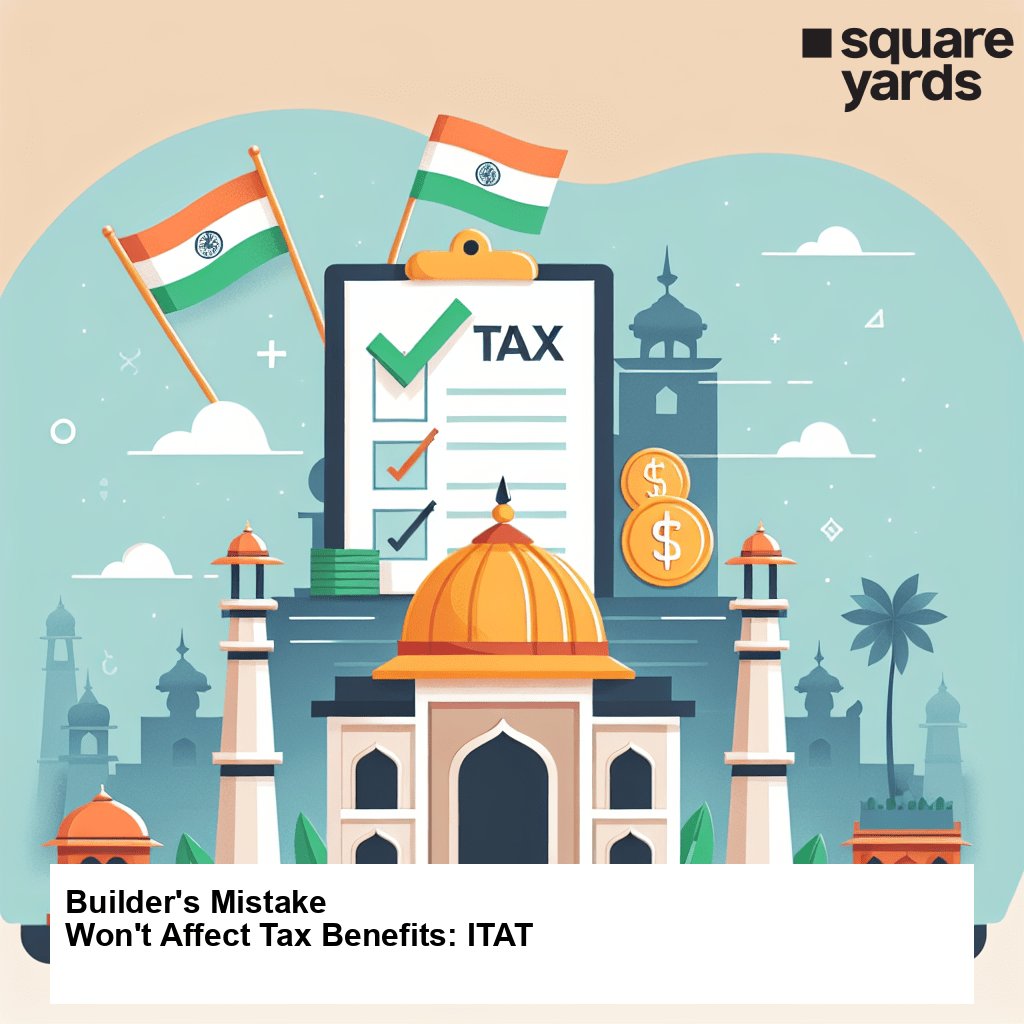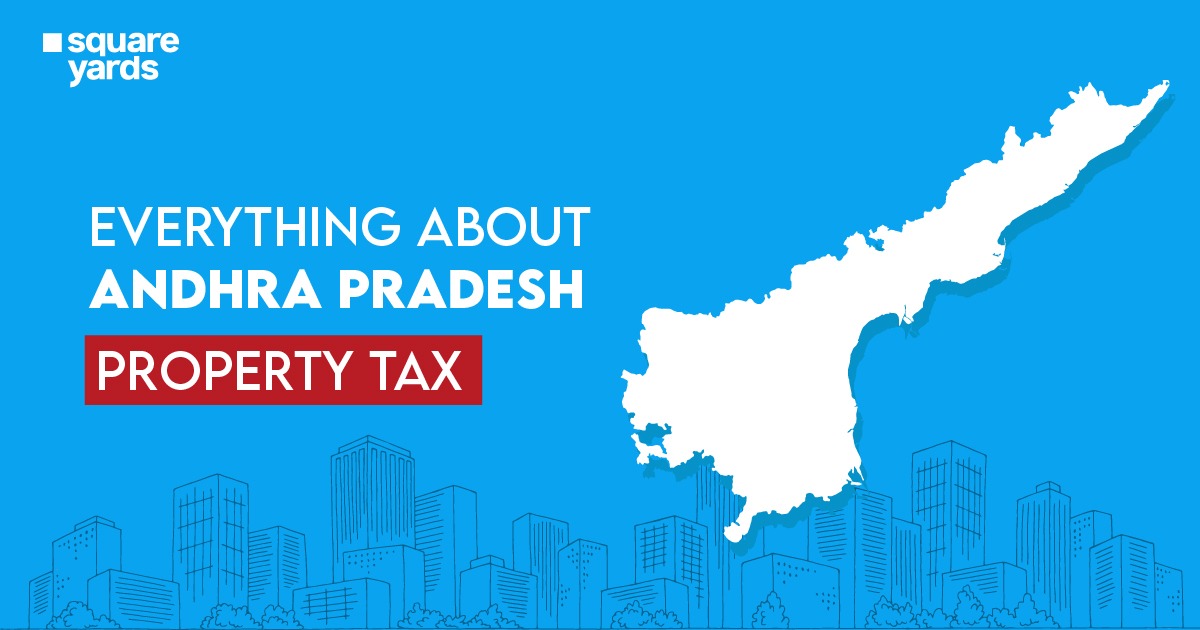E way bill stands for Electronic Way Bill, which is a document introduced under the GST law that is used for tracking goods in transit. The GST law states that any taxable person transporting goods worth more than ₹ 50,000 is required to produce an E way bill generated from the GST portal. In this blog, we will take a look at how to generate e way bill on the GST portal and other such related information.
Table of contents
- What is the E Way Bill Under GST?
- When is it Necessary to Generate E Way Bill?
- How to Generate E Way Bill on GST Portal
- How to Generate a New E way bill Once the Login Credentials have been Created:
- Documents Required to Generate E Way Bill
- Validity of E Way Bill
- E-way Bill Cancellation
- Exceptions to E-way Bill Requirement
- Penalties of Non-Conformance
- Format of an E-Way Bill
- How to Print E-Way Bill?
- Frequently Asked Questions (FAQs)
What is the E Way Bill Under GST?
An e way bill is a GST document that is generated on the GST portal and is used to evidence the interstate/intrastate movement of goods. It comprises of two components, which are as follows:
- Part A of the e way bill contains GSTIN of the receiver, place and pin code of delivery location, invoice, challan number, value of goods being transported, transport document number, HSN code, and reason of transportation
- Part B of the bill contains details of the transporter. In accordance with Rule 138 of CGST rules , every registered taxpayer involved in the transportation of goods more than ₹ 50,000 in value is required to furnish all the details mentioned in Part A of the e way bill form. Part B contains transportation details which help to generate e way bill.
When is it Necessary to Generate E Way Bill?
It is necessary to generate e way bill when there is a transportation of goods involved, if the value of goods being transported is over ₹ 50,000. This document is usually generated when a supply of goods is involved. Supply is classified under the CGST law as the transfer of goods in return for a payment or consideration in the course of business, transfer of goods for payment or a non-business consideration, sale, or barter.
How to Generate E-Way Bill Website?
Your E-way bill is made available for the people on the GST E-Way website To use the gateway, a user will require:
- Registration for GST and,
- A transporter registration.
How to Generate E Way Bill on GST Portal
In order to generate e way bill from the official GST portal, you are required to set up your login credentials on the website. Given below is how you can do the same:
- You need to visit the official e way bill portal.
- On the homepage, you need to hover on the ‘Registration’ tab on the top of the page. From the resulting drop-down menu, you need to select ‘e-Way Bill Registration’.
- Here you are required to enter your GSTIN and verify the captcha to continue.
- This will redirect you to a page where you are needed to generate and verify a One Time Password. Many important details such as your name, trade name, GSTIN, and address will already be filled on the page. You need to verify the details before generating OTP. Enter the OTP and proceed.
- This will redirect you to a new page where you have to set up a new ID and password.
How to Generate a New E way bill Once the Login Credentials have been Created:
- You need to login to the official e way bill generation portal using your login credentials
- Here you need to click on ‘Generate New’ from the main menu to generate e way bill.
- This will redirect you to a page with a form where you have to fill in all the details. The details required here are similar to what is required for an invoice generation.
- On the second half of the form, you will have to enter the following information:
- Product name and description
- Product’s HSN code
- Quantity of goods
- Tax added value of the goods
- CGST/IGST applicable rates
- Estimated distance of transportation along with name of transporter and transported ID
- Step 5: After entering the required information, click on ‘Submit’. The portal will show an E-way bill containing the E-way bill number and QR code. The transporter needs to carry a print out of the bill throughout the duration of the trip.
E-Way Bill Generation through SMS
Step 1: Log in to the e-way bill gateway; on the dashboard’s left side, click “Registration” and from the drop-down menu, choose “For SMS”.
Step 2: Part of the registered cellphone number for the GSTIN is shown. Then, select “Send OTP.” Click “Verify OTP” after entering the E-way bill generated OTP.
Step 3: Only contact numbers that have accounts on the internet are eligible to register for the text message service. One GSTIN can have a maximum of 2 phone numbers registered against it. The following screen occurs for several individuals’ IDs against one phone number.
Step 4: You must choose the desired user ID/username and click “Submit” if your mobile number has been used to e-way bill generate more than one user ID.
Who can Generate an E-Way Bill?
The below-mentioned users are ones that are eligible for E-way bill generation:
Registered Persons
When there is a transfer of items worth more than Rs 50,000 from or to a registered person, an E-way bill needs to be created. Even if the value of the items is less than Rs 50,000, either the transporter or a registered individual may elect to e-way bill generate and carry it.
Unregistered Persons –
Unregistered persons are also obliged to E-way bill generate. The receiver, however, is responsible for making sure all compliances are followed when a supply is made by an unregistered person to a registered person, just as if they were the supplier.
Transporter –
- If the provider hasn’t generated an e-Way Bill, transporters who transport goods by land, air, train, etc. must as well.
- Transporters are not required to create an E-way bill (Form EWB-01 or EWB-02) listing all the shipments being transported
- Individually (one document**) is less than or equal to Rs. 50,000, but when all documents are combined, the total amount exceeds Rs. 50,000.
When registering on the e-way bill portal, unregistered transporters will receive a Transporter ID, at which point e-way bill generation can be done.
When Should You Generate the E-Way Bill?
When we witness a movement of goods in a vehicle or conveyance with a value greater than Rs. 50,000 (either per invoice or as a sum of all invoices in a vehicle or conveyance), an electronic bill will be created.
- pertaining to a “supply”
- other than to provide a “supply” ( say a return)
- a result of an unregistered person’s internal “supply”
A supply may be one of the following for this purpose:
- a service rendered in the course of business in exchange for money
- a service rendered in exchange for money that might not be paid for in the course of business
- a gift is given without thought (without payment)
Simply put, the word “supply” typically refers to a:
- Sale: The exchange of things for money.
- Transfer – branch transfers
- Bartering- exchanging products as payment instead of money as payment.
Therefore, for all of these different sorts of movements, an e-way bill generation must be done, and it must be on a common platform. Even if the value of the consignment of the specified goods is less than Rs. 50,000, the e-way bill must be generated in all cases:
- Inter-State Goods Movement by the Principal to the Registered Job-Worker by the Principal
- Dealers who transport handicrafts between states are free from GST registration.
Mobile Number to Send SMS for E-Way Bill Generation
To e-way bill is generated on your mobile device, text the number 77382 99899 from the number you want to receive it. Each parameter must have a blank space next to it.
The following is the format that you must follow:
EWBG TranType RecGSTIN DelPinCode InvNo InvDate TotalValue HSNCode ApprDist Vehicle
| EWBG | Key to e -way bill generate Word indicates an action. |
| TranType | Referring to the list of codes for Transaction Type is required. |
| RecGSTIN | GTIN of the recipient (GST Identification Number). |
| DelPinCode | PIN number for the delivery location. |
| InvNo | The no. of the supplier’s invoice or bill for GST. |
| InvDate | A bill or Invoice Date on the supplier’s document. |
| TotalValue | The value of the goods in totality, as stated in the bill or invoice, is in rupees. |
| HSNCode | The first commodity’s HSN code. |
| ApprDist | Kilometers between the consignor and the consignee. |
| Vehicle | The number of containers being used to deliver the cargo. |
Documents Required to Generate E Way Bill
The following are some of the documents that are required to generate e way bill:
- Tax invoice
- Mobile number
- Details of the product
- Recipient’s details
- Details of the transporter
Validity of E Way Bill
The validity of any e-way bill is determined by the distance the goods are being transported for. If the distance of transportation is less than 100 Kms, the e-way bill will be valid for a day from the day of generation of the bill. For every 100 Kms after that, the validity will be an additional one day from the date of registration. Usually, the validity of an e-way bill cannot be extended unless the circumstances are of an exceptional nature.
E-way Bill Cancellation
The bill once generated can be cancelled from the common portal, if the goods have not been transported or have not been transported in accordance with the details mentioned on the bill. The cancellation can only be done within 24 hours of the generation of the bill.
Exceptions to E-way Bill Requirement
The following are some of the situations where a e-way bill is not required:
- Goods being transported by a non-motorised vehicles do not require an e-way bill
- An e-way bill is not required if the value of the goods being transported is less than ₹ 50,000
- E-way bill is not required for the transport of goods stated in Annexure to Rule 138 of the GST law
- If the goods are being transported from the airport, port, land customs station, and air cargo complex to a freight station, to await clearance by customs
- When the movement of goods is taken place in areas as stated under Rule 138 (14) (d) of the SGST laws
Penalties of Non-Conformance
If the e-way bills are not produced in any situation where it is required, it will be considered as a violation of the GST rules. In accordance with Section 122 of the GST Act, any tax registered person transporting tax registered goods without having all the required documents, is liable to pay a fine of ₹ 10,000 or the amount of tax which is owed, whatever is higher. The section 129 of the GST Act states that any goods and vehicles being transported without all the supporting documents are liable to detention or seizure by the authorities.
Format of an E-Way Bill
The e way bill consists of two parts; Part A and Part B. In Part A of the bill, you will find information regarding the consignment. The format of the bill will contain the following information:
- GSTIN of the receiver of the goods
- The PIN code of the delivery area
- The invoice/challan number of the goods
- The total value of all the goods
- HSN code of the goods being transported. If the turnover is less than ₹ 5 crore, only the first two digits of the HSN are to be entered. If the turnover is more than ₹ 5 crore, then a 4-digit HSN code is required
- The reason for transportation of these goods is required
- The transport document number needs to be entered. It should include details like airway bill number, goods receipt number, and railway receipt number
How to Print E-Way Bill?
Step 1: Under the “e-Waybill” option, select the “Print EWB” sub-option.
Step 2: Click “Go” after entering the appropriate 12-digit E-way bill number.
Step 3: On the EWB that opens, click the “Print” or “Detailed Print” button:
You May Also Read
Frequently Asked Questions (FAQs)
Do I need to register in the eway portal to generate e way bill or is the GST portal enough?
Yes, in order to generate e way bill, you need to register on the e-way portal regardless of whether you have registered on the GST portal.
Is it necessary to choose the rate of tax when entering details?
No, it is not necessary to choose the rate of tax while applying to generate e way bill.
When can one extend their e-way bill validity?
The validity can be extended if the goods have not been delivered due to any one of the below given reasons:
• Conveyance accidents
• Natural calamity
• Shipment delay
• Legal issues during transit
Is it mandatory to take a print out of an e-Way bill?
No, it is not necessary to carry a print out of the e-Way bill.
How can I get my e-way bill?
By visiting ewaybillgst.gov.in, you can access your E-Way Bill and log in. Click on login after that. In the System Login Window, enter your username and password.
Who can create an e-way bill?
A registered person, an unregistered person, or a transporter can all produce an E-Way Bill. If an unregistered person supplies to a licensed person, the licensed person is still required to comply with all regulations just as if they were the providers.
How long should it take to create an e-Way bill for a delayed delivery after raising an invoice?
Only after the products are delivered is the e-way bill necessary. Accordingly, if an invoice is created, but the products have not yet been delivered, Part A can be created on the e-way bill, and Part B data can be added later, after delivery. When Part B is entered, the e-way bill becomes valid.
Can I combine two bills into one e-way bill?
You, unfortunately, cannot combine two invoices with a single e-way bill, sorry. To combine two or more e-way bills, you can utilise a consolidated e-way bill.


